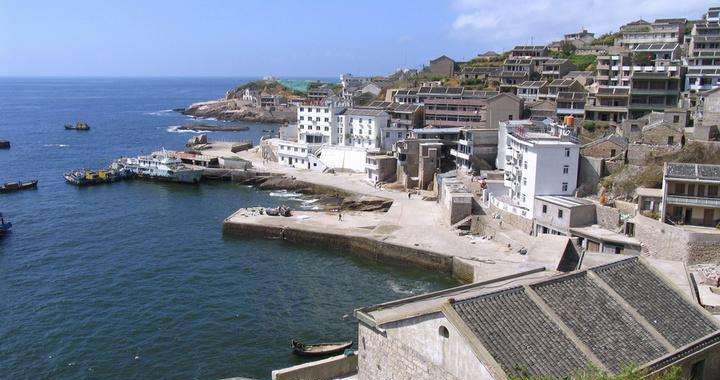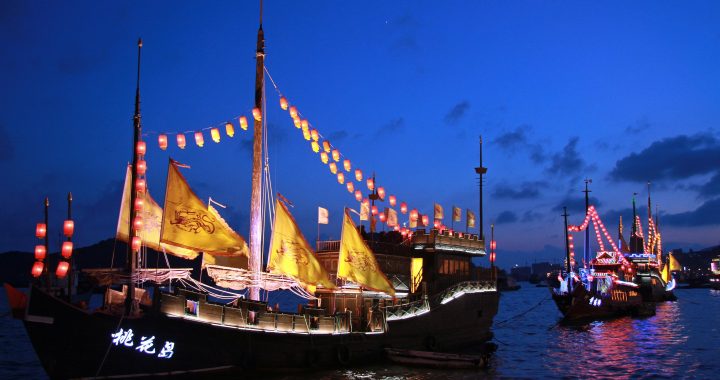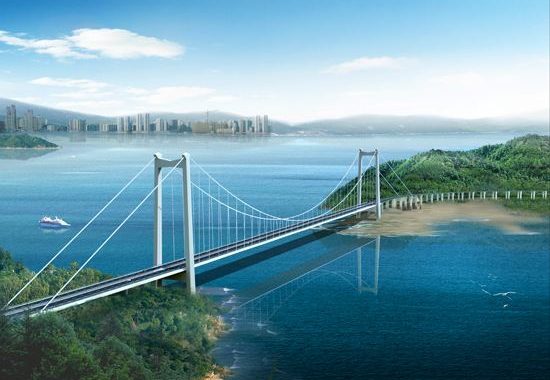The Ocean Engineer
2 min readdited in the Zhoushan Changhong International Industrial Park that covers an area Dof 4,300 acres and has a total coastline reaching 4.5 kilometers, Changhong Shipbuilding is a ‘ newborn calf’ in the shipbuilding industrial scene of Dinghai as well as in the Zhoushan Archipelago, with its operation launched only a few years On May 25,2015, the rumbling of the frame crane hoist putting together steel plates into a colossal carrier drew in a special visitor, whose encouragement filled the hearts of everyone in the company with immense confidence.
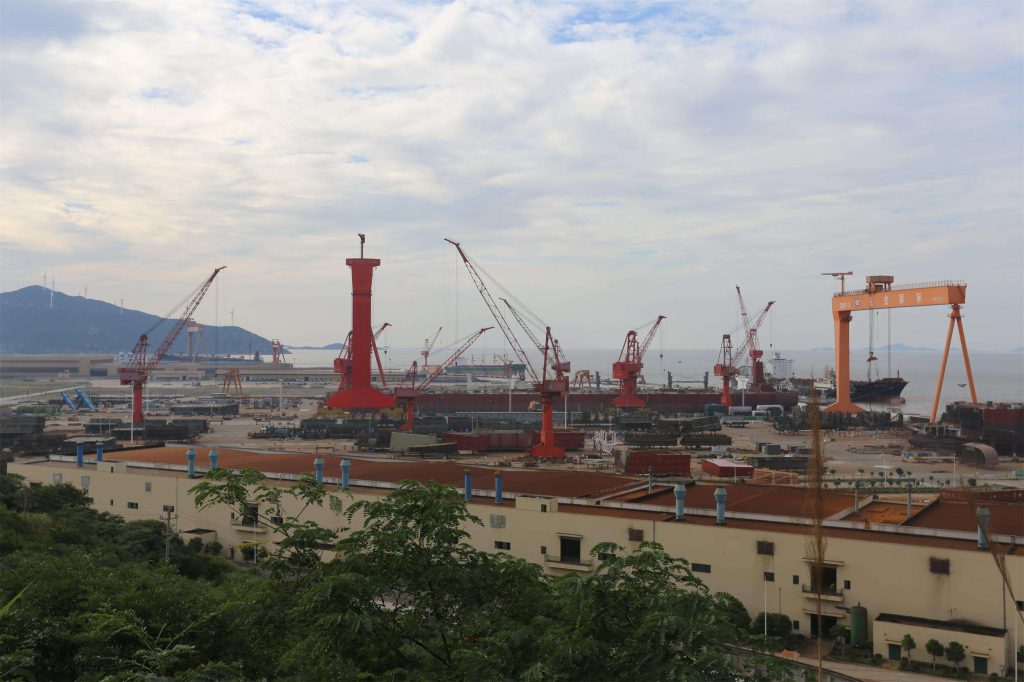
The smooth delivery of the ore carrier not only placed the company within China’s first-tier ship-builders legion but also made ‘ manufactured by Changhong’ an industrial benchmark. Within a few years, Changhong Shipbuilding grew into a powerhouse operating on a full industrial chain that is rarely seen in China. It has proven itself as a leader in robotisation and digitization. The success of the company also comes from its stunning market sensitivity at a time when most of its peers were left directionless in the general atmosphere of recession. The Dinghai-based ship-building specialist also branched out into other aspects of ocean engineering such as ship repairing and recycling, proving its potentials in second-hand ship trading and metal resource recycling.
With a new cluster of large-scale projects settling down in Dinghai about 10 years ago, the ship-building and repairing industry of Dinghai was ushered into a new, fast track of ‘ innovation’ amidst a stagnant market suffering from over-capacity,depressed prices, low profit margins, trade distortions and widespread subsidisation.
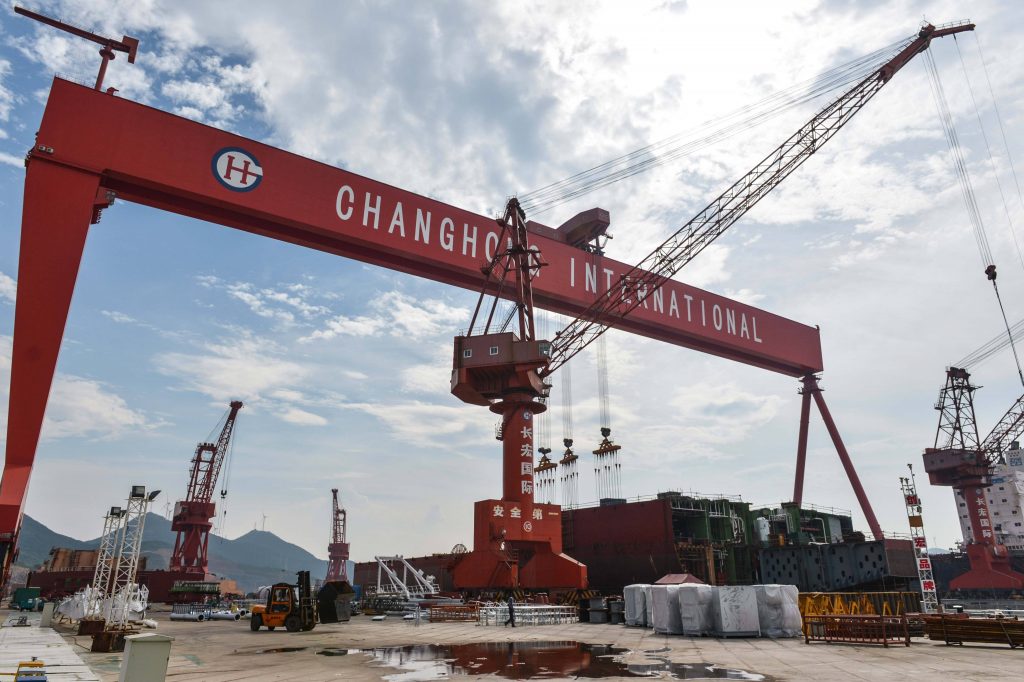
Historically, the shipbuilding industry in Imperial China reached its height during the Song Dynasty, Yuan Dynasty, and early Ming Dynasty. By the end of this period, building commercial vessels had reached a size and sophistication far exceeding that of contemporary Europe. The establishment of China’s first official standing navy in1132 AD and the enormous increase in maritime trade abroad allowed the shipbuildingindustry in provinces like Fujian to thrive as never before. The largest seaports in the world were in China and included Guangzhou, Quanzhou, and Xiamen.
However, the long-time marine glory came to an abrupt end when the ban on marine trade with foreign countries was declared by the Qing government in the mid-17th century. The country’s ‘ naval pride’ sank into a prolonged hypnotic period.
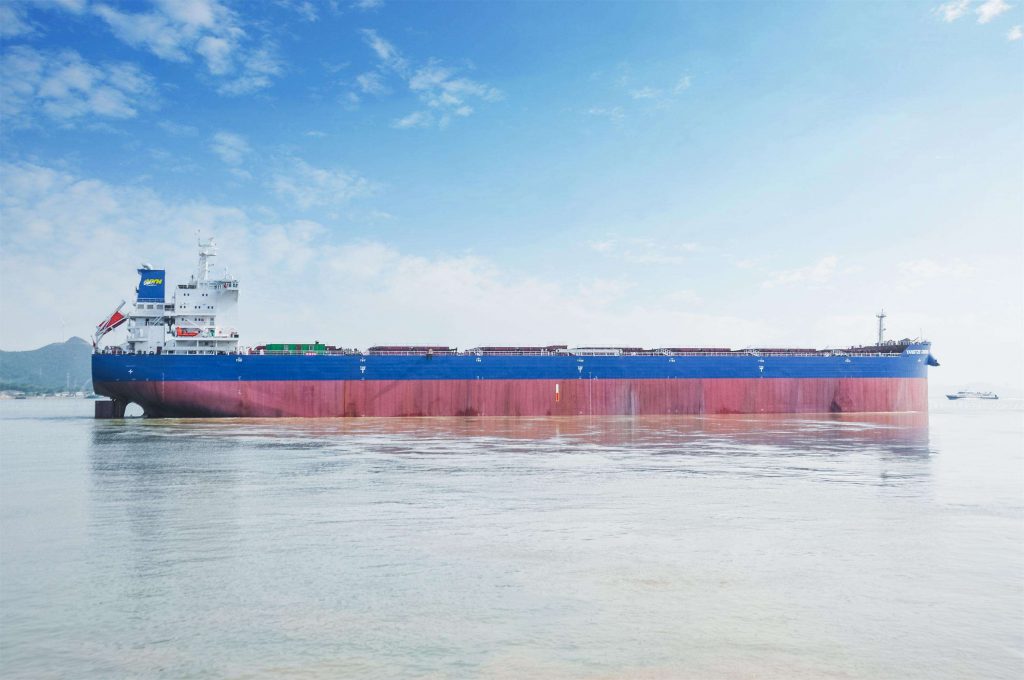
Shipbuilding has long been an attractive industry for developing nations, used by Japan in the 1950s and 1960s to rebuild its industrial structure and chosen by South Korea as a key industrial strategy in the 1970s. The world’s largest shipbuilder, China has been an emerging low-cost, high-volume shipbuilder that overtook South Korea during the 2008-2010 global financial crisis as they won new orders for medium and small-sized container ships. In the sense of innovation, if China is now in the process of repeating these models with large state-supported investments in this industry, Changhong Shipbuilding is proving the country has a lot more to do than’ copy and paste’.



